Iron deficiency in the body is an important problem, since its manifestation speaks of anemia. This is the name of the most common blood disease. Most people suffering from it are women and children.
The fact is that iron primarily helps to maintain normal hemoglobin and red blood cell count. In the case of a low level of hemoglobin, oxygen starvation occurs, since the process of saturating the tissues with oxygen is very slow.
The amount of iron in the body is closely related to our well-being and general tonicity. It ensures not only the growth of children, but also the preservation of youth and the energy levels of adults. Painful pallor, brittle nails, lethargy, sleepiness, dizziness are typical of anemia and iron deficiency. And the most common cause of this disease is the low content of iron in food and its poor absorption due to malnutrition.
Basic concepts of dietary iron
The amount of iron obtained from food is a more complicated matter because it contains iron in both heme and non-heme forms. Heme comes from the food of animal products, which are beef, liver, poultry, fish. It is easily digestible. And nonheme iron is obtained from plant foods, such as bread, buckwheat, pomegranates, pumpkin and green vegetables.
In addition, not only the intaken amount of iron taken is important, but also how well it is absorbed by the body. From animal products, iron is absorbed by 30 percent, from vegetable products only 1-10 percent. Therefore, a vegetarian diet is not recommended - sometimes it does not contain enough iron and after several years of completely rejecting meat, anemia may appear.
Basics of proper nutrition in anemia
The main food sources of iron are beef and liver. It is good to have them in food 2-3 times a week. The rest of the time, poultry, fish, seafood are recommended. However, eating only meat is not healthy either. The animal diet must be successfully supplemented with plant foods such as vegetables, fruits, cereals containing vitamins.
Without vitamins, complete absorption of iron is impossible. Therefore, vegetables or fruit should be present in the menu every day, complementing meat, poultry and fish. Salads of fresh vegetables and herbs, sauerkraut with carrots and sweet peppers are a good variety in food, ensuring the absorption of iron.
There are also substances in the products that interfere with the absorption of iron. Such are tannins, phytic acid, calcium. They bind iron in insoluble compounds and prevent its absorption in the intestinal tract. Tannins are found in tea, phytic acid is found in cereals and legumes and calcium is found in dairy products.
These foods should not be left off the menu. They are healthy and give our body the most important components for its proper functions, but they need to be used correctly and in reasonable quantities, so that they do not interfere with the absorption of iron from food.
Iron does not get along with calcium, so meat and milk do not go together, as well as cheese and milk and tea with milk.
The need for iron increases significantly during the period of active body growth, during pregnancy and breastfeeding, as well as during heavy physical exertion. Women need it during menstruation. With these facts, nutrition should also be taken into account.
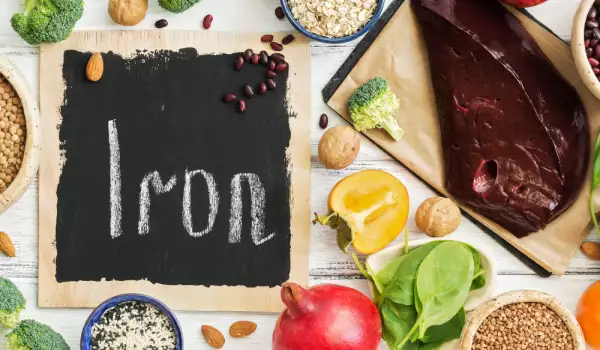
It is quite possible to avoid anemia by choosing foods that create balance in the diet and regularly include foods rich in iron.
What to eat when you have anemia?
1. Leafy vegetables
Leafy vegetables, especially dark green ones, are among the best sources of non-heme iron. These are: spinach, kale, arugula, chard, spinach, sorrel and others.
Some leafy greens, such as chard, contain folic acid - vitamin B9. A diet low in this vitamin can cause folic acid deficiency anemia. Citrus fruit, beans and whole grains are good sources of vitamins.
When consuming green leafy vegetables, sources of iron, there is an increase in the values of the mineral. Some vegetables high in iron, such as spinach and kale, are also high in oxalates.
These are the compounds that prevent the absorption of non-heme iron. The minerals and vitamins needed by the body should not be obtained only from these vegetables, but from a wide selection of products.
Vitamin C helps the stomach absorb iron. Eating leafy greens with foods that contain vitamin C, such as oranges, red peppers, and strawberries, can increase iron absorption. Some leafy greens, such as chard, are good sources of both iron and vitamin C.
2. Meat and poultry
All types of meat, including poultry, contain heme iron. Red meat and lamb, as well as game are the best sources of the mineral. Poultry and chicken are have a lower content, so they should be combined with foods that contain non-heme iron, such as green leafy vegetables, to increase absorption of the mineral.
3. Liver
Offal is not a favorite of many people, but it is a great source of iron. Liver is probably the most popular offal, rich in iron and folic acid. Others are heart, kidney and beef tongue.
4. Seafood
Some seafood provides heme iron. Crustaceans including oysters, clams and shrimp are good sources. Most fish contain iron, the most being in sardines, tuna, fresh salmon, fresh perch.
Foods high in calcium should not be mixed with foods rich in iron. Milk, yogurt, white cheese, sardines, broccoli, tofu are rich in calcium.
5. Fortified foods
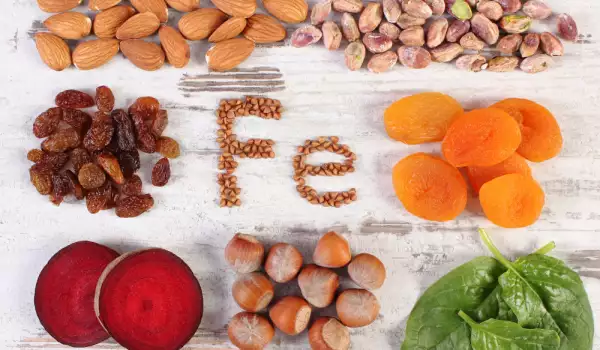
Iron-enriched foods are a must for vegetarians to prevent anemia. Options are fortified orange juice, fortified, ready-to-eat cereals, foods made with fortified corn flour and others.
6. Legumes
Legumes are a good source of the mineral for both vegetarians and meat eaters. They are also a cheap and versatile option. Rich sources are: chickpeas, beans, soybeans, peas.
7. Nuts and seeds
Many types of nuts and seeds are good sources of iron. They have a pleasant taste both eaten on their own and sprinkled on salads or in yogurt. Eating raw nuts and seeds whenever possible is the better option. Iron-containing ones are: pumpkin seeds, cashews, pistachios, hemp seeds, pine nuts, sunflower seeds.
Almonds are also a good source of the mineral. They are a healthy food as part of the diet, but because they are also high in calcium, they may not increase iron levels in the body.
Recommendations for anemia prevention
Products known as sources of iron, vitamin B12 and folic acid should be present regularly and in sufficient quantities in the daily menu. There should be foods from beets, spinach, lettuce, soybeans in the menu. Sesame seeds are very rich in iron. B12 is contained in meats, liver, kidneys, dairy products.
Since iron is better absorbed by the body in the presence of vitamin C, the body should always have sufficient amounts of it. The menu should also include foods that supply ascorbic acid, such as cabbage, peppers, spring onions, spinach, sorrel, oranges, grapefruits, rose hips.
The leaves and seeds of fenugreek, besides being one of the main sources of iron, are a great stimulant of hematopoiesis.
Almonds are an excellent means for the prevention of anemia. They contain a lot of copper, a stimulator of hemoglobin synthesis.
Fresh fruit and vegetables, varied food containing heme and non-heme iron increase iron intake and its absorption.
See also: magical drink for anemia.
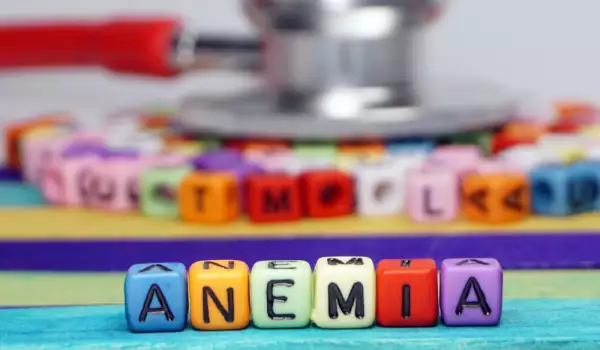
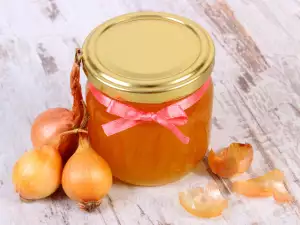

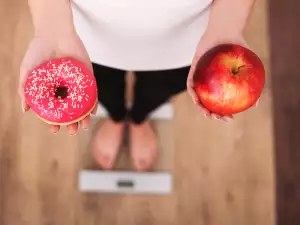

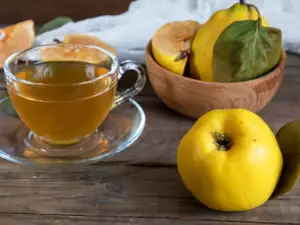
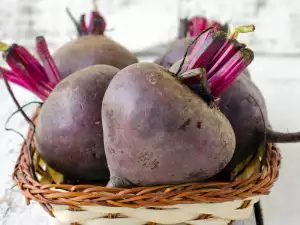
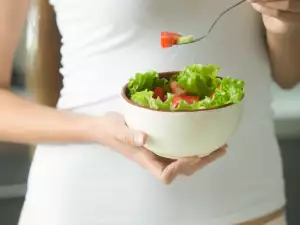
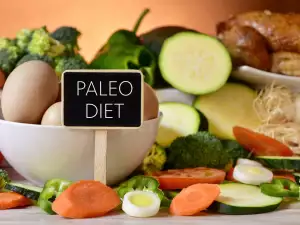
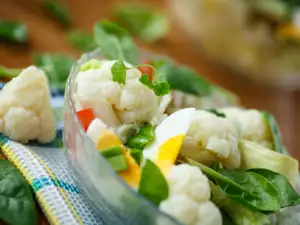
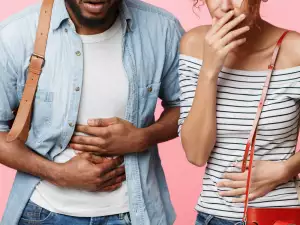

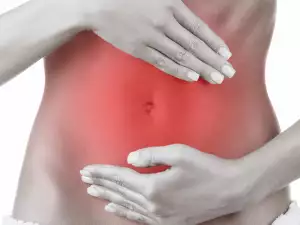
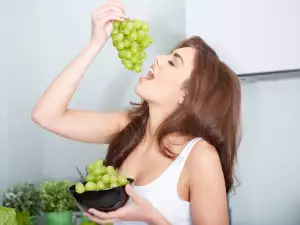






Comments